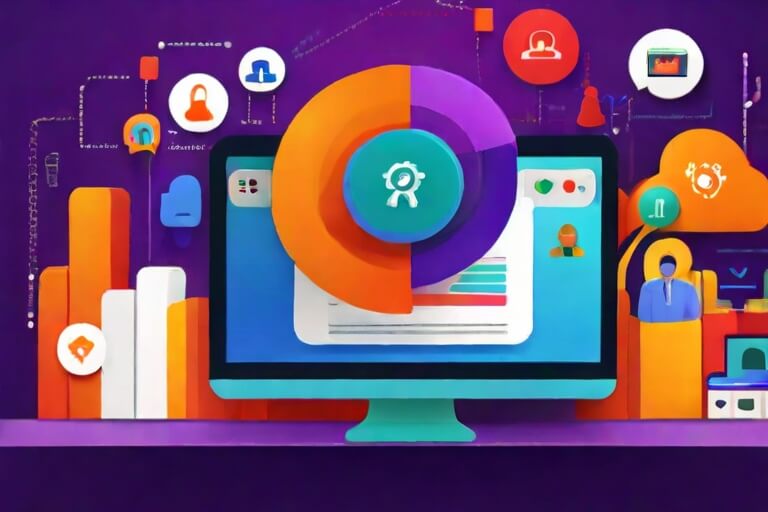Google Ads Attribution Models with AI: Choosing the Right Approach

In today’s digital age, where businesses heavily rely on online advertising to drive traffic and conversions, understanding the role of attribution models in Google Ads campaigns is essential for success. Attribution models play a crucial role in determining which touchpoints, or interactions, a user has with your ads ultimately lead to a conversion. By properly assigning value to each touchpoint, you can gain insights into the effectiveness of your Google Ads campaign and make informed decisions about how to allocate your advertising budget.
Firstly, attribution models allow you to see the bigger picture of your customers’ journey. Instead of solely attributing a conversion to the last click, these models consider all touchpoints along the way, such as the initial ad engagement and subsequent interactions. This holistic approach provides a deeper understanding of how different channels and ads contribute to your overall marketing efforts. With this knowledge, you can optimize your campaigns for maximum impact, focusing on the touchpoints that have the most significant influence on conversions.
Secondly, attribution models offer valuable insights into the effectiveness of different marketing channels. By using these models, you can assess the performance of various ads and channels, including social media, display ads, and search engine marketing. By understanding which channels drive the most conversions or have a higher conversion rate, you can refine your marketing strategies and allocate your resources more effectively. This allows you to optimize your ROI by investing in channels that have proven to be more successful in generating conversions. In the highly competitive world of online advertising, this advantage can make a substantial difference in the success of your Google Ads campaigns.



